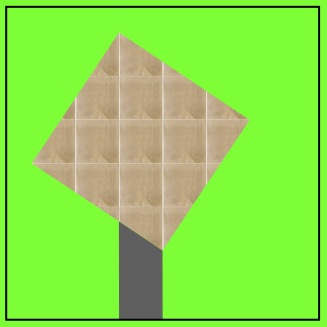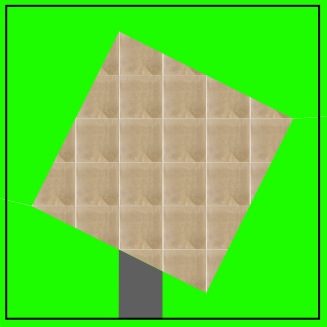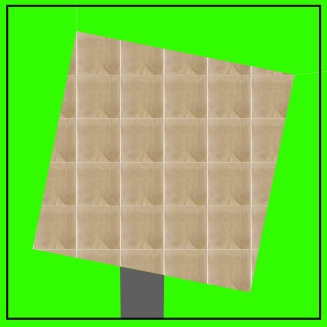Or search by topic
Number and algebra
Geometry and measure
Probability and statistics
Working mathematically
Advanced mathematics
For younger learners
Tiles in the Garden



- Problem
- Teachers' Resources
Tiles in the Garden
This is a view, from above, of my friend's garden. You see a black path and a square patch in the middle.

He wants to tile the square in the middle with tiles going straight across and down. He would also like to have the corner of a tile at each of the corners of the square.
Then it'll look like this;

So, we are off to help him. He has a good tile cutter to get the "part-tiles", so he'll be able to cut a tile into two or more pieces and use them all. But I said that we would fetch the tiles for him. How many do we need for the example above?
How many would we need for these two other garden square shapes that someone might like to have? How are you working it out?


Why do this problem?
Possible approach
Key questions
Possible extension

Possible support
You may also like
Geoboards
This practical challenge invites you to investigate the different squares you can make on a square geoboard or pegboard.
Tiles on a Patio
How many ways can you find of tiling the square patio, using square tiles of different sizes?
Pebbles
Place four pebbles on the sand in the form of a square. Keep adding as few pebbles as necessary to double the area. How many extra pebbles are added each time?

